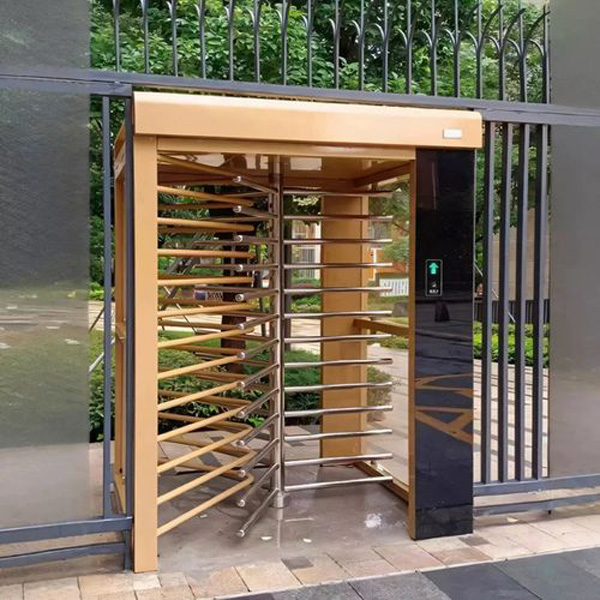0086-13924498389 info@qiruisafe.com
A full-height turnstile can provide some resistance to typhoons, but its ability to withstand such extreme weather depends on several factors:
Factors Affecting Typhoon Resistance:
1. Material & Build Quality
- Stainless steel or heavy-duty aluminum turnstiles are more durable than lightweight materials.
- Reinforced frames and welded joints improve structural integrity.
2. Installation & Anchoring
- Proper concrete foundation or bolting to a solid surface prevents tipping.
- Some models have wind-resistant designs with deeper base plates.
3. Design Features
- Fixed vs. Rotating Arms: Some full-height turnstiles have locked arms in high winds.
- Weatherproofing: Sealed electronics and corrosion-resistant coatings help against rain and debris.
4. Wind Speed Rating
- Typhoons can produce 100–200+ km/h (62–124+ mph) winds.
- A well-built turnstile may withstand up to 120–150 km/h (75–93 mph) winds, but beyond that, damage is possible.
Recommendations for Typhoon Resistance:
- Choose a heavy-duty, marine-grade stainless steel model.
- Ensure deep anchoring (e.g., embedded in concrete).
- Consider removable arms or a fold-down design for extreme conditions.
- Check manufacturer ratings for wind/storm resistance.
Conclusion:
A high-quality, properly installed full-height turnstile can resist moderate typhoon conditions, but in severe typhoons (Category 3+), additional protective measures or temporary removal may be needed. If typhoons are frequent, consult with manufacturers for hurricane-rated security barriers.
Would you like recommendations for specific brands or models?
